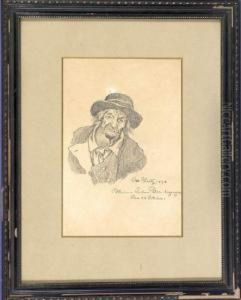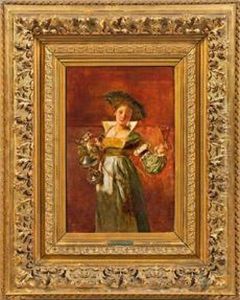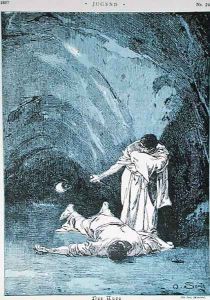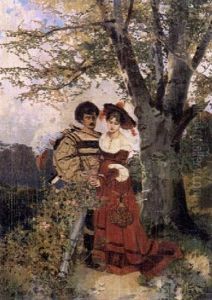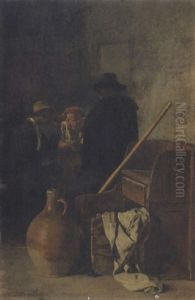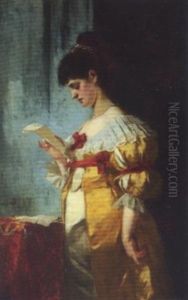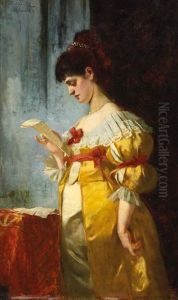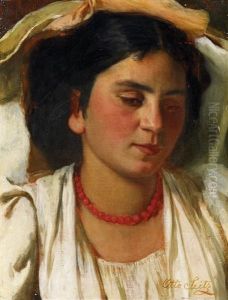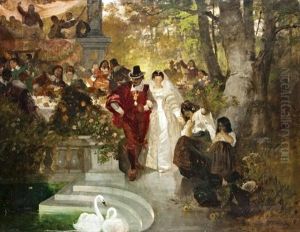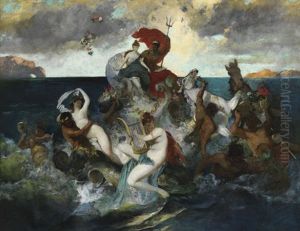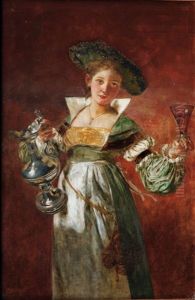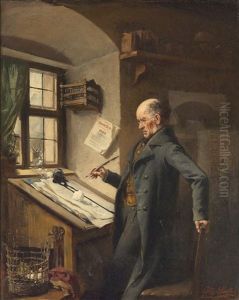Otto Seitz Paintings
Otto Seitz was a German painter and illustrator born on November 26, 1846, in Munich, Kingdom of Bavaria. He was recognized for his contributions to portrait painting and genre works, capturing scenes of everyday life with a keen eye for detail and emotion. Seitz's artistic journey began at the Academy of Fine Arts Munich, where he studied under the guidance of influential artists of the time, such as Arthur von Ramberg and Carl Theodor von Piloty. These mentors played a crucial role in shaping his early artistic style, which was characterized by a blend of realism and romanticism.
Seitz's work gained recognition for its depth of character and vivid storytelling, often focusing on the social realities of his time. His portraits, in particular, were noted for their psychological depth and the ability to capture the essence of the subject's character. Beyond his portraiture, Seitz also explored historical and mythological themes, drawing inspiration from Bavarian culture and the wider European artistic tradition.
Throughout his career, Otto Seitz was an active member of the Munich art scene, contributing to the development of the city as a vibrant cultural center in the late 19th and early 20th centuries. He participated in numerous exhibitions and was a respected figure among his peers. Despite his success, Seitz remained dedicated to his craft, continually evolving his technique and exploring new subjects.
Otto Seitz's legacy is preserved in the collections of various German museums and galleries, where his works continue to be appreciated for their technical skill and emotional depth. He passed away on September 17, 1912, in Munich, leaving behind a body of work that remains significant in the study of German art history. His contributions to the genre of portraiture and his reflections on the social and cultural dynamics of his time have solidified his place as an important figure in the artistic heritage of Germany.


